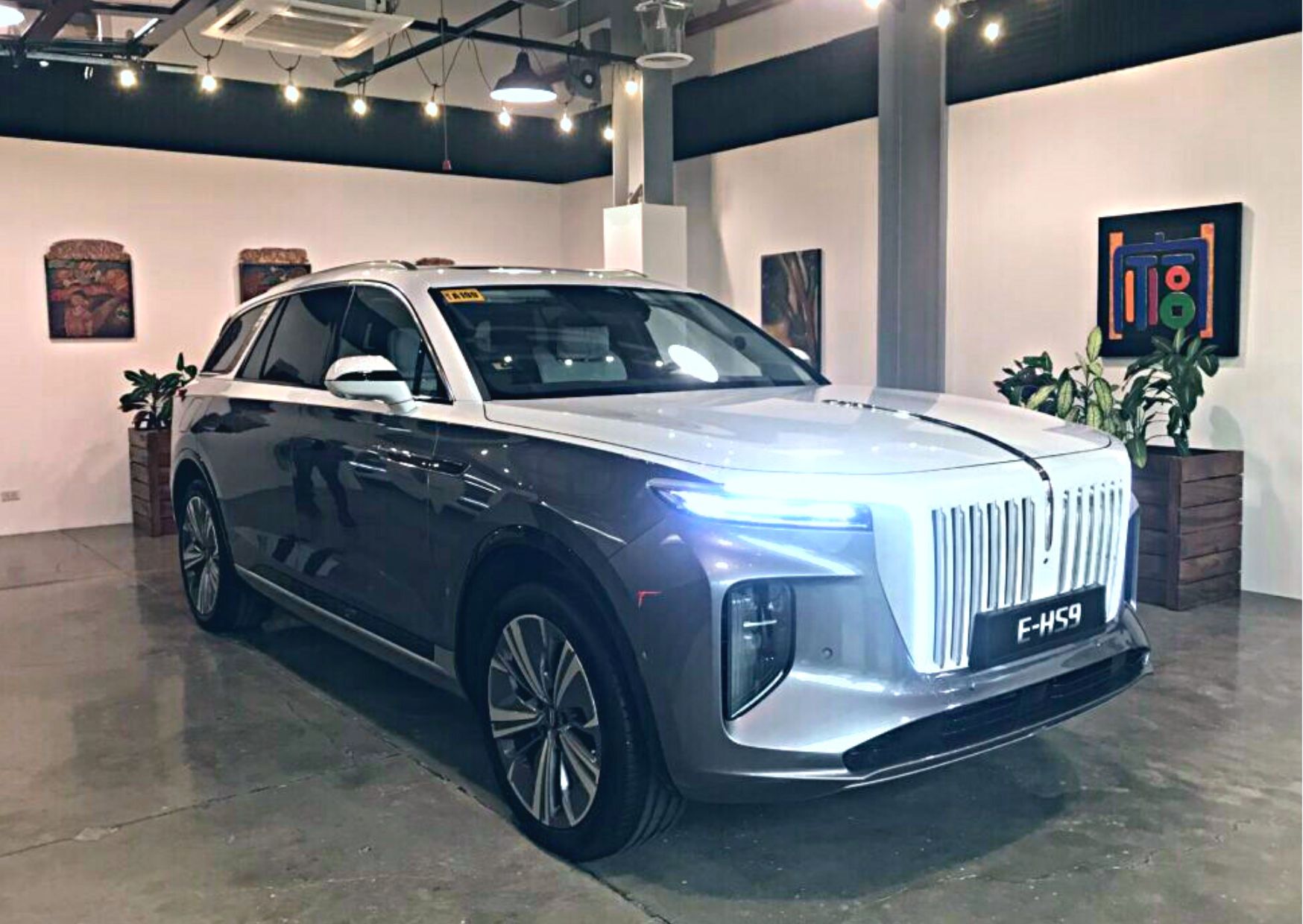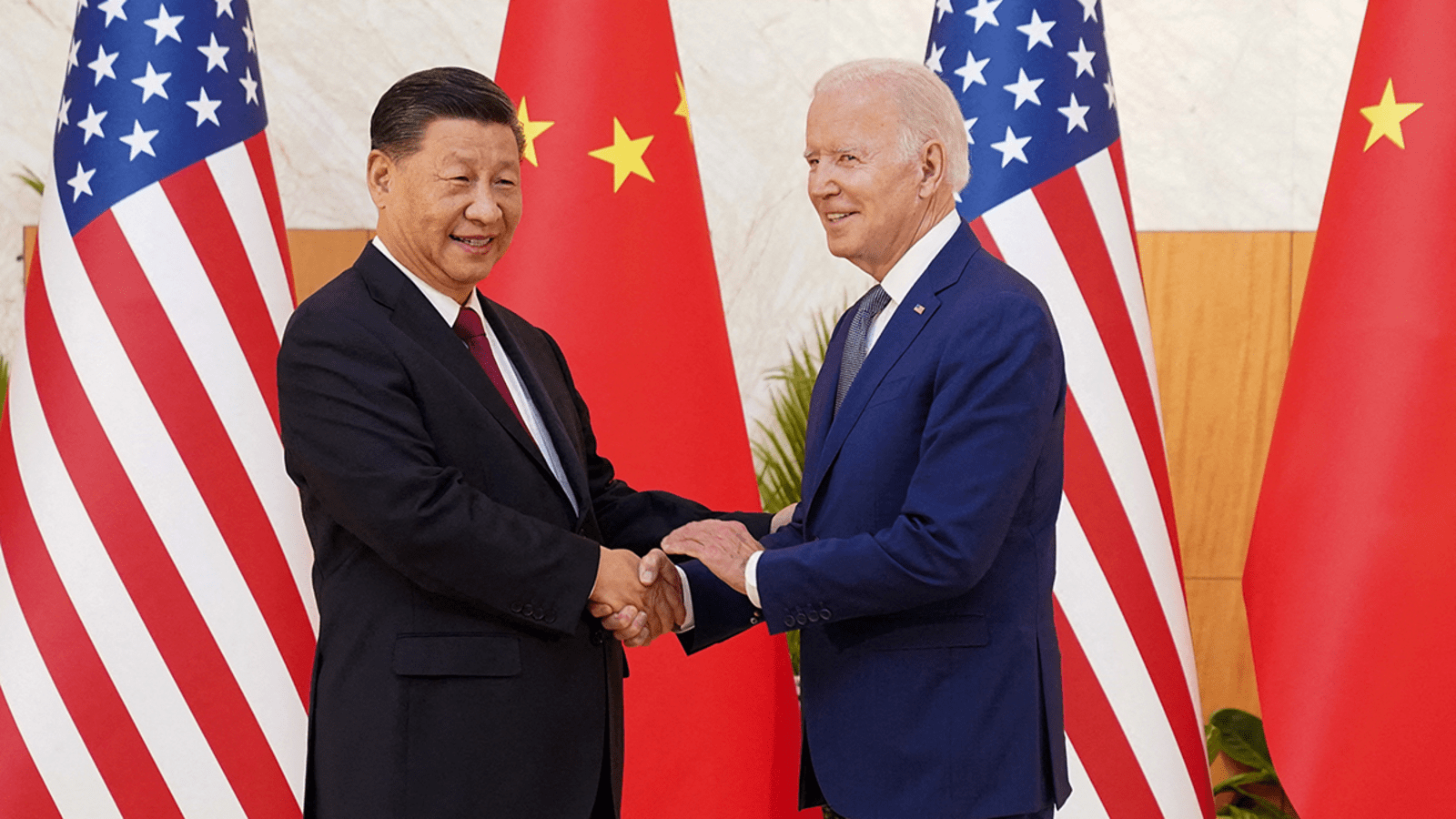Beyond BMW And Porsche: Understanding The Complexities Of The Chinese Auto Market

Table of Contents
The Rise of Domestic Chinese Automakers
The Chinese automotive industry has undergone a dramatic transformation. No longer simply imitators, domestic brands are now significant innovators, challenging established international players.
From Imitation to Innovation
The evolution of Chinese auto brands is a testament to their rapid technological advancements and design improvements.
- Successful Domestic Brands: BYD, with its strong hybrid and electric vehicle offerings, stands out, alongside NIO, known for its battery-swap technology and premium EVs, and Geely, with its diverse portfolio and international acquisitions.
- Technological Advancements: These brands are making significant strides in electric vehicle technology, autonomous driving features, and connected car services, closing the gap with global leaders. BYD's Blade Battery technology, for example, is a key differentiator.
- Global Presence: Chinese automakers are increasingly expanding their global presence, challenging traditional market leaders in various international markets. This expansion highlights their growing confidence and ambition.
Their strategies for competing with international brands involve offering highly competitive pricing, incorporating advanced features often found in more expensive models, and executing targeted marketing campaigns focused on appealing to the unique preferences of Chinese consumers.
Government Support and Subsidies
The Chinese government plays a vital role in fostering the growth of domestic automakers through various supportive policies and initiatives.
- Policies Promoting Electric Vehicles: Substantial subsidies and tax breaks for electric vehicle purchases, coupled with strict emission standards for gasoline vehicles, have significantly boosted EV adoption.
- Incentives for Domestic Brands: Government initiatives prioritize domestic auto brands, providing them with preferential access to resources, funding, and market opportunities.
- Infrastructure Development: Significant investments in charging infrastructure, including the expansion of charging stations across the country, are crucial for supporting the growing electric vehicle market.
These government policies have fundamentally reshaped the market landscape, creating a highly favorable environment for the expansion of domestic auto brands and fostering innovation within the industry.
The Electric Vehicle Revolution in China
China is at the forefront of the global electric vehicle revolution, experiencing an unprecedented surge in EV adoption.
Rapid Adoption and Infrastructure Development
The growth of the Chinese EV market is astonishing.
- EV Sales Statistics: China consistently leads the world in electric vehicle sales, with millions of EVs sold annually.
- Government Targets for EV Adoption: Ambitious government targets for EV adoption are driving rapid growth within the sector.
- Growing Charging Infrastructure: A rapidly expanding network of charging stations is vital in supporting the ever-increasing number of electric vehicles on the road.
This rapid adoption is fueled by various factors, including government incentives, increasing environmental awareness amongst consumers, and the continuous technological advancements making EVs more affordable and appealing.
Key Players and Market Share
The Chinese EV market is fiercely competitive, with both domestic and international players vying for market share.
- Leading EV Brands: BYD, NIO, Tesla (with its Gigafactory Shanghai), and several other emerging domestic brands are key players in the market.
- Market Share: The market share is constantly shifting, reflecting the dynamic nature of this sector.
- Strategies for Success: Success depends on factors including battery technology, charging infrastructure access, brand recognition, pricing strategy, and the ability to adapt to evolving consumer preferences.
Analyzing these elements is critical for understanding the complex competitive dynamics and predicting future trends within the rapidly evolving Chinese EV market.
Understanding the Unique Chinese Consumer
Chinese car buyers have distinctive preferences and buying habits that differentiate them from consumers in other markets.
Preferences and Buying Habits
Understanding Chinese consumer preferences is critical to success in the market.
- Brand Loyalty: While brand loyalty exists, it’s often less entrenched than in some Western markets, with consumers open to exploring new brands and technologies.
- Technological Preferences: Chinese consumers value advanced technology features, including connectivity, infotainment systems, and driver-assistance technologies.
- Importance of Social Status: Car ownership often represents social status, influencing purchasing decisions and brand preferences.
These factors highlight the differences between Chinese consumer behavior and those in other automotive markets.
The Importance of Online Channels and Digital Marketing
Digital marketing plays a pivotal role in reaching Chinese car buyers.
- Successful Online Marketing Strategies: Online platforms, including social media and e-commerce sites like Alibaba and JD.com, are essential for reaching potential customers.
- Influence of Social Media: Social media platforms like WeChat significantly influence consumer opinions and purchasing decisions.
- Use of Mobile Platforms in Car Sales: Mobile apps and online car buying platforms are becoming increasingly common.
Understanding and effectively utilizing these digital channels is paramount for any company seeking to succeed in the Chinese auto market.
Conclusion
The Chinese auto market presents both significant opportunities and considerable challenges. Successfully navigating this complex landscape requires a deep understanding of the rise of domestic brands, the rapid expansion of the EV market, and the unique preferences of Chinese consumers. Ignoring these complexities will hinder success. By carefully analyzing these factors, businesses can develop effective strategies to capitalize on the immense opportunities presented by this rapidly growing market. Further research into the intricacies of the Chinese automotive market and its specific consumer segments will prove invaluable to businesses seeking to establish a significant presence in this crucial sector.

Featured Posts
-
 Women And Alcohol Doctors Concerns About Increased Drinking
May 16, 2025
Women And Alcohol Doctors Concerns About Increased Drinking
May 16, 2025 -
 Analysis The Turning Point In Us China Trade Relations
May 16, 2025
Analysis The Turning Point In Us China Trade Relations
May 16, 2025 -
 Senators Vs Maple Leafs Game 2 Live Stream Tv Channel And Time April 22 2025
May 16, 2025
Senators Vs Maple Leafs Game 2 Live Stream Tv Channel And Time April 22 2025
May 16, 2025 -
 Los Angeles Dodgers Promote Hyeseong Kim From Triple A
May 16, 2025
Los Angeles Dodgers Promote Hyeseong Kim From Triple A
May 16, 2025 -
 Ohtanis Walk Off Blast Dodgers Suffer Historic 8 0 Defeat
May 16, 2025
Ohtanis Walk Off Blast Dodgers Suffer Historic 8 0 Defeat
May 16, 2025
